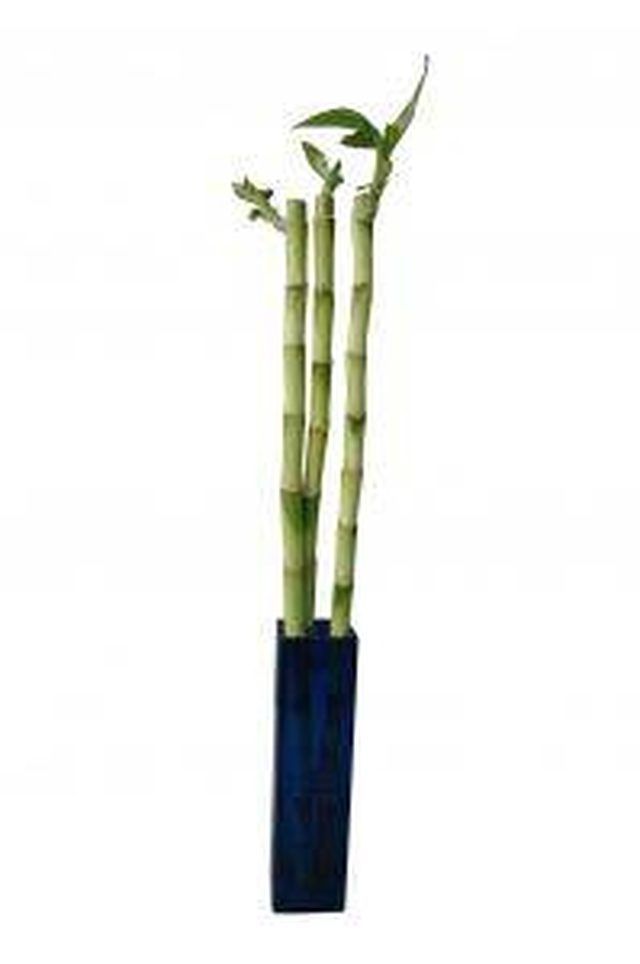Bulbs
Flower Basics
Flower Beds & Specialty Gardens
Flower Garden
Garden Furniture
Garden Gnomes
Garden Seeds
Garden Sheds
Garden Statues
Garden Tools & Supplies
Gardening Basics
Green & Organic
Groundcovers & Vines
Growing Annuals
Growing Basil
Growing Beans
Growing Berries
Growing Blueberries
Growing Cactus
Growing Corn
Growing Cotton
Growing Edibles
Growing Flowers
Growing Garlic
Growing Grapes
Growing Grass
Growing Herbs
Growing Jasmine
Growing Mint
Growing Mushrooms
Orchids
Growing Peanuts
Growing Perennials
Growing Plants
Growing Rosemary
Growing Roses
Growing Strawberries
Growing Sunflowers
Growing Thyme
Growing Tomatoes
Growing Tulips
Growing Vegetables
Herb Basics
Herb Garden
Indoor Growing
Landscaping Basics
Landscaping Patios
Landscaping Plants
Landscaping Shrubs
Landscaping Trees
Landscaping Walks & Pathways
Lawn Basics
Lawn Maintenance
Lawn Mowers
Lawn Ornaments
Lawn Planting
Lawn Tools
Outdoor Growing
Overall Landscape Planning
Pests, Weeds & Problems
Plant Basics
Rock Garden
Rose Garden
Shrubs
Soil
Specialty Gardens
Trees
Vegetable Garden
Yard Maintenance
How to Take Care of a Dying Bamboo Plant
How to Take Care of a Dying Bamboo Plant. Bamboo plants require little care and maintenance to thrive, but they are not without their own problems. They can become sickly looking due to water conditions, lighting, lack of nutrition or bacteria and mold. Luckily, sick or dying plants display warnings. They turn from green to yellow or tan. Their...

Bamboo plants require little care and maintenance to thrive, but they are not without their own problems. They can become sickly looking due to water conditions, lighting, lack of nutrition or bacteria and mold. Luckily, sick or dying plants display warnings. They turn from green to yellow or tan. Their leaves become droopy and yellow. They look deflated or spindly. Each one of these signs can be attributed to a number of problems that can be easily corrected.
Things You'll Need
Fertilizer
Filtered water
Check the chemical content of your water. Water with too much chlorine or fluorine can kill a bamboo plant. Try using bottled, filtered or distilled water for a few weeks, and see if this brings your plant back to its lush, green self.
Feed your plant. If it has been a long time since you have fertilized your plant, try feeding it to give it a boost. You can do this with a few drops of aquarium plant food or with a few drops of very diluted plant food. (Try adding four times the recommended water to the mix and then only add a few drops to your water.) On the contrary, if you are fertilizing too much or too often, this will cause your bamboo to look spindly and weak.
Correct the light your bamboo receives. If your plant is too close to a sunny window and begins to look yellowed or starts losing leaves, move it farther away from the window. If your plant begins to look droopy and brow, try moving it closer to a natural light source. Never put your bamboo in full sun. This will sunburn and kill your plant quickly.
Clean your water and your container. Dirty water is a breeding ground for mold, algae and bacteria, all of which can lead to a sick looking plant. Clean your container at least twice a week until your plant shows improvement, then clean it weekly after that.
Know when to quit. If you bamboo's stalk is brown and crinkly or has turned to mush, there is no saving it. It is already dead and is simply rotting or hardening in its container. If you are going to try again with a new plant in the same container, make sure to clean it and the rocks thoroughly in case bacteria was the culprit.
Tips & Warnings
Try these methods one at a time and wait a week in between to see if improvement happens.